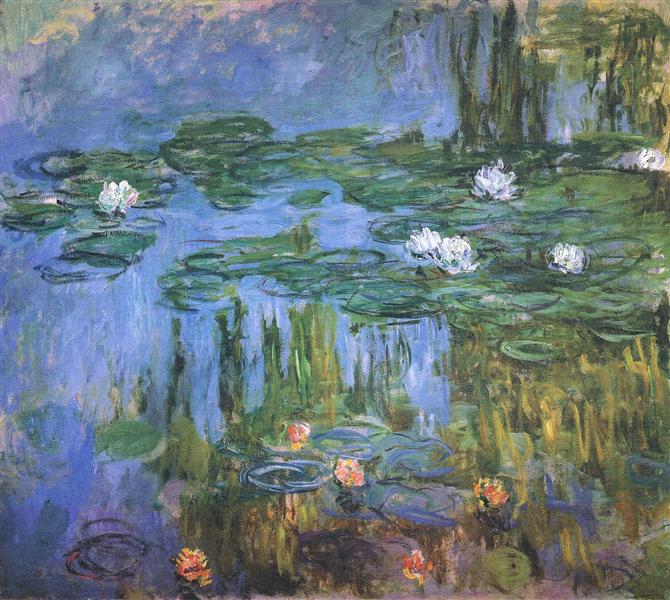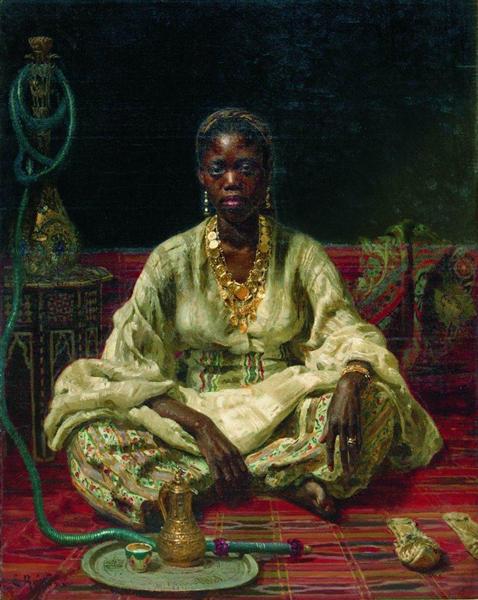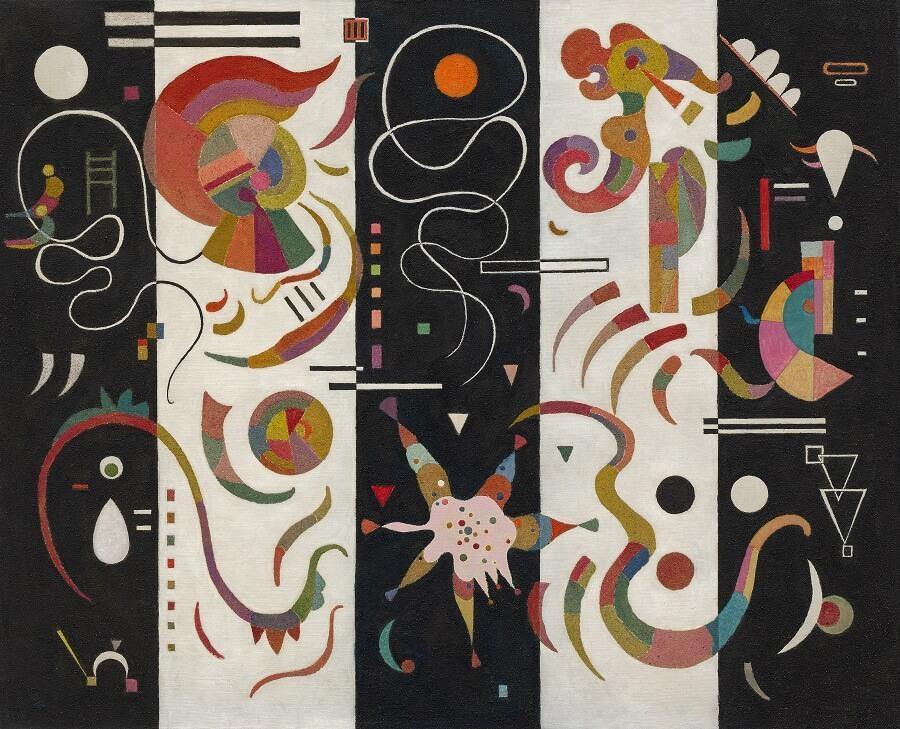Description
The "fragile" work of Wassily Kandinsky, painted in 1931, is a testimony of the artist's domain in the creation of a unique visual language that is based on the intersection between music and painting. Kandinsky, one of the pioneers of abstract art, uses in this work a complex palette of colors and shapes that are intertwined to express emotions and sensations rather than a traditional representative narrative. Although "fragile" may not be one of his most emblematic pieces, he perfectly encapsulates his aesthetic explorations in the last years of his career, when his work began to acquire a more lyrical and fluid character.
The use of color in "fragile" is especially notable. Kandinsky uses vibrant tones that flow and combine, creating a dynamic dialogue in the composition that causes the viewer's response. The blue and green are mixed with warm yellow, all dialectically linked to build an almost musical atmosphere. This interaction of colors is not merely decorative; On the contrary, he invokes the idea of synesthesia, where sound translates into color and vice versa. This bold approach allows the spectator to experience painting as a composition in itself, highlighting Kandinsky's commitment to the idea that art can evoke a deep sensory response without the need for representations of the physical world.
The "fragile" composition is equally impressive. Although the work is abstract, the disposition of the shapes and colors suggests movement and growth, almost as if the paint breathes. Curved lines and organic forms that seem to float or dance in the pictorial space are melt with more solid backgrounds, creating a contrast that evokes both fragility and resilience. This sense of duality is, perhaps, what gives title to the work; The balance between the ephemeral and the lasting is palpable.
A relevant aspect to consider in the work is the lack of human figures or clearly defined characters. Instead, Kandinsky focuses on emotional expression through abstract elements. This decision reinforces the idea that the spectator becomes the interpreter of the painting, being able to project their own emotions and interpretations in visual experience. Such absence of figuration allows attention to unfold towards intrinsic relationships between color, shape and space, making "fragile" an open space of personal exploration and reflection.
Kandinsky, like many of his contemporaries, was moving away from the conventions of representative art and entering the world of the abstract, creating works that are not only visually attractive, but also invoke a deep spiritual resonance. This approach is absolutely significant in the evolution of modern art, where subjectivity and internal experiences take prominence in the face of truthful representation expectations.
In conclusion, "fragile" is not only presented as a rich work in color and form, but also reveals Kandinsky's continuous trip to pure artistic expression. The dialogue between the elements, the emotion generated from the interaction of colors and the exploration of the fragility in the composition invite us to reflect on the nature of art and its ability to communicate intense and diverse human experiences. In this sense, Kandinsky remains a pioneer who, through his art, challenges us to see beyond the superficial and perceive the world through a multidimensional lens.
KUADROS ©, a famous paint on your wall.
Hand-made oil painting reproductions, with the quality of professional artists and the distinctive seal of KUADROS ©.
Art reproduction service with satisfaction guarantee. If you are not completely satisfied with the replica of your painting, we refund your money 100%.












